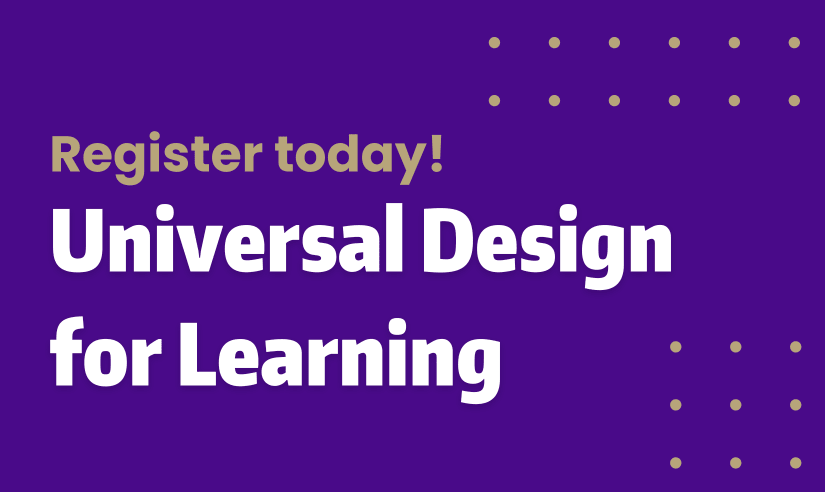The tri-campus hub for learner-centered and reflective teaching practices
Get started
- Design a learner-centered course
- Learn about Universal Design
- Use accessible teaching strategies
- Make your class more inclusive
Engage students
- Rebuild students’ connection to your course
- Get students actively involved
- Make your class more engaging
Grow your teaching
- Develop a reflective teaching practice
- Learn alongside other faculty
- Consult with a colleague about your teaching challenges
Upcoming Workshops
May 9 | Alternative Grading
Explore how alternative approaches to grading can support the development of more equitable, effective learning environments.
May 16 | Universal Design for Learning
Explore how the basic principles of Universal Design for Learning can foster inclusion and learning in courses of any size or discipline.
Jun 17 – Aug 9 | Teaching Online 101
This 8-week, fully online, asynchronous course is designed to enhance your digital course design and digital pedagogy skill set.
View all workshopsDesigning for inclusive learning

May 16 | 2:30-3:30 pm, on Zoom
Explore how the basic principles of Universal Design for Learning can foster inclusion and learning in courses of any size or discipline.
Learn More